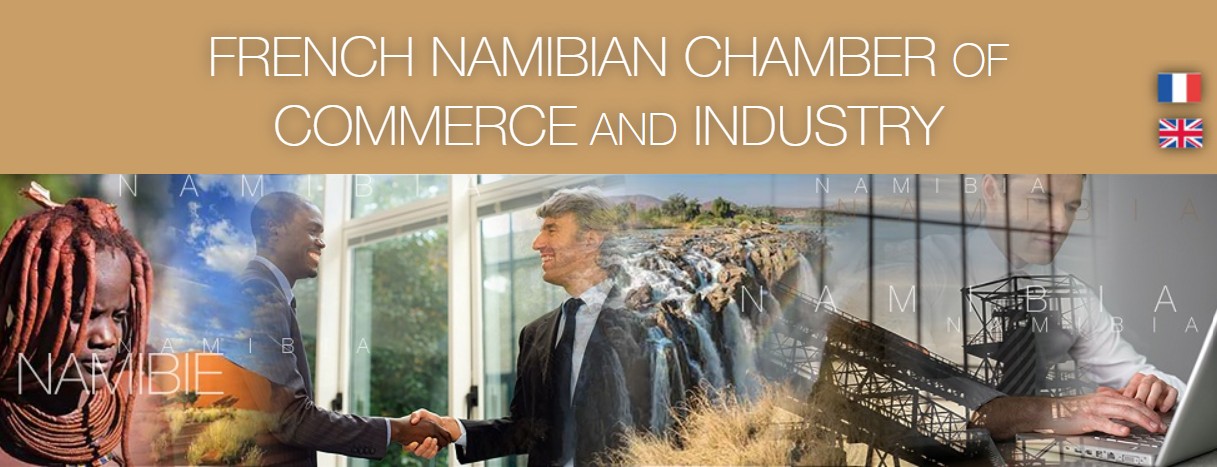DEMOGRAPHY
Namibians are of diverse ethnic origins. The principal groups are the Ovambo, Kavango, Herero/Himba, Damara, mixed race (Coloured and Rehoboth Baster), white (Afrikaner, German, and Portuguese), Nama, Caprivian (Lozi), Bushmen (San), and Tswana. The Coloureds and Basters share similar genealogical origins and cultural attributes (such as home language) but maintain distinctly separate communal identities, as do most white Namibians and black Namibians, respectively.
The Ovambo make up about half of Namibia’s people. The Ovambo, Kavango, and East Caprivian peoples, who occupy the relatively well-watered and wooded northern part of the country, are settled farmers and herders. Historically, they have shown little interest in the central and southern parts of Namibia, where conditions do not suit their traditional way of life.
Until the early 1900s, these tribes had little contact with the Nama, Damara, and Herero, who roamed the central part of the country vying for control of sparse pastureland. German colonial rule destroyed the warmaking ability of the tribes but did not erase their identities or traditional organization. People from the more populous north have settled throughout the country in recent decades as a result of urbanization, industrialization, and the demand for labor.
The modern mining, farming, and industrial sectors of the economy, controlled by the white minority, have affected traditional African society without transforming it. Urban and migratory workers have adopted Western ways, but in rural areas, traditional society remains intact.
Missionary work during the 1800s drew many Namibians to Christianity. While most Namibian Christians are Lutheran, there are also Roman Catholic, Methodist, Anglican, African Methodist Episcopal, and Dutch Reformed Christians.
Modern education and medical care have been extended in varying degrees to most rural areas in recent years. The literacy rate of Africans is generally low except in sections where missionary and government education efforts have been concentrated, such as Ovamboland. Africans speak various indigenous languages.
The minority white population is primarily of South African, British, and German descent, with a few Portuguese. About 60% of the whites speak Afrikaans (a language derived from 17th-century Dutch), 32% speak German, and 7% speak English.
Population
1,927,447 (July 2003 est.)
1,771,327 (July 2002 est.)
Note: Estimates explicitly account for the effects of excess mortality due to AIDS; this can result in lower life expectancy, higher infant mortality and death rates, lower population and growth rates, and changes in the distribution of population by age and sex.
Age Structure
0-14 years: 42.5% (male 414,559; female 404,346) (2003 est.)
15-64 years: 54% (male 517,469; female 522,549) (2003 est.)
65 years and over: 3.5% (male 30,038; female 38,486) (2003 est.)
Population Growth Rate
1.49% (2003 est.)
Birth Rate
34.1 births/1,000 population (2003 est.)
Death Rate
19.17 deaths/1,000 population (2003 est.)
Net Migration Rate
0 migrant(s)/1,000 population (2000 est.)
Sex Ratio
At birth: 1.03 male(s)/female
Under 15 years: 1.03 male(s)/female
15-64 years: 0.99 male(s)/female
65 years and over: 0.78 male(s)/female
Total population: 1 male(s)/female (2003 est.)
Infant Mortality Rate
Total: 68.44 deaths/1,000 live births (2003 est.)
Female: 65.06 deaths/1,000 live births (2003 est.)
Male: 71.72 deaths/1,000 live births (2003 est.)
Life Expectancy at Birth
Total population: 42.77 years (2003 est.)
Male: 44.27 years (2003 est.)
Female: 41.22 years (2003 est.)
Total Fertility Rate
4.71 children born/woman (2003 est.)
HIV/AIDS
Adult prevalence rate: 22.5% (2001 est.)
People living with HIV/AIDS: 230,000 (2001 est.)
Deaths: 13,000 (2001 est.)
Nationality
Noun: Namibian(s)
Adjective: Namibian
Ethnic Groups
Black: 84%
White: 8%
Mixed: 8%
About 50% belong to the Ovambo tribe and 9% to the Kavangos tribe.
Other ethnic groups: Herero 7%, Damara 7%, Nama 5%, Caprivian 4%, Bushmen 3%, Baster 2%, Tswana 0.5%
Religions
Christian: 80% to 90% (Lutheran at least 50%)
Indigenous beliefs: 10% to 20%
Languages
English: 7% (official)
Afrikaans: common language for most of the population and about 60% of the white population
German: 32%
Indigenous languages: Oshivambo, Herero, Nama
Literacy (age 15 and over can read and write)
Total population: 84% (2003 est.)
Male: 84.4% (2003 est.)
Female: 83.7% (2003 est.)
